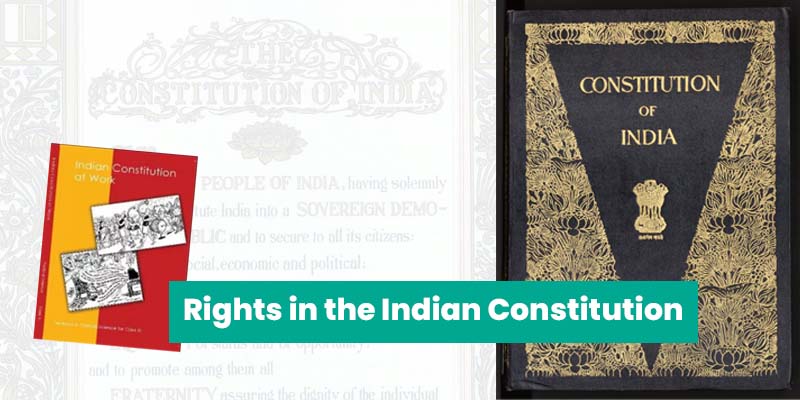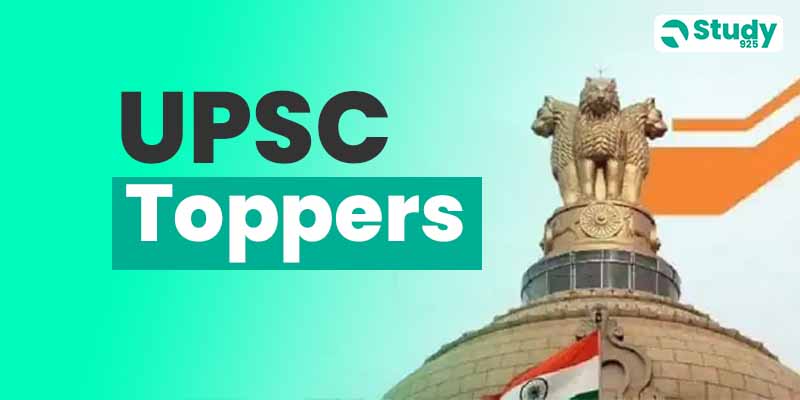A constitution is a body of fundamental principles according to which a state is constituted or governed. It is a document that sets limits on the powers of the government and ensures a democratic system in which all persons enjoy certain rights.
The Indian Constitution was adopted on 26 November 1949 and came into force on 26 January 1950. We celebrate National Law Day on 26 November also known as Constitution Day. The Indian Constitution is described as a ‘living’ document.
Basic Concept of the Indian Constitution
The very basic concept of the Indian Constitution is that each individual in the society should have all that is necessary for them to lead a life of minimal dignity and social self-respect, minimum material well-being, education, etc.
Functions of a Constitution
- The first function of a constitution is to provide a set of basic rules that allow for minimal coordination amongst members of society.
- The second function of a constitution is to specify who has the power to make decisions in a society. It decides how the government will be constituted.
- The third function of a constitution is to set some limits on what a government can impose on its citizens. These limits are fundamental in the sense that government may never trespass on them.
- The fourth function of a constitution is to enable the government to fulfil the aspirations of a society and create conditions for a just society.
Limiting the Power of the Government
- Constitutions limit the power of government in many ways.
- The most common way of limiting the power of government is to specify certain fundamental rights that all of us possess as citizens and which no government can ever be allowed to violate.
- These rights can be limited during times of national emergency and the constitution specifies the circumstances under which these rights may be withdrawn.
Intelligent Design of a Constitution
- The more a constitution preserves the freedom and equality of all its members, the more likely it is to succeed.
- To ensure that no single institution acquires a monopoly of power, the power is often fragmented across different institutions.
- Usually, horizontal fragments can be observed in most nations like the Legislature, Executive and the Judiciary.
- Some independent statutory bodies and constitutional bodies are also created like Election Commission, which works on its own.
- A constitution must strike the right balance between certain values, norms and procedures as authoritative, and at the same time allow enough flexibility in its operations to adapt to changing needs and circumstances.
- This ensures that if one institution wants to subvert the Consitution, others can check its transgressions.
How was the Indian Constitution made?
- The Constitution of India was made by the Constituent Assembly which had been elected for undivided India.
- It held its first meeting on 9th December 1946 and reassembled as Constituent Assembly for divided India on 14th August 1947.
- Its members were chosen by indirect election by the members of the Provincial Legislative Assemblies that had been established under the Government of India Act, 1935.
- The Constituent Assembly was composed roughly along the lines suggested by the plan proposed by the committee of the British cabinet, known as the Cabinet Mission.
- The Constituent Assembly took 2 years, 11 months and 17 days to complete its historic task of drafting the Constitution for Independent India.
- During this time period, it held 11 sessions covering a total of 165 days. Of these, 114 days were spent on the consideration of the Draft Constitution.
- The first session of the Constituent Assembly was held between 9-23 December 1946, and the 11th session took place between 14-26 November 1949.
- The Constituent Assembly met once again on 24 January 1950 when the members appended their signatures to the Constitution of India, and it came into effect on 26 January 1950.
What is Social Democracy?
Social democracy is a way of life which recognizes liberty, equality and fraternity as the principles of life. They form a union of the trinity and one can’t be divorced from the other. Dr B.R. Ambedkar had said, “We must make our political democracy, a social democracy as well.”
Next Chapter Notes: Rights in the Indian Constitution




![UPSC PSIR Optional Syllabus [PDF] Political Science and International Relations PSIR Optional Syllabus UPSC Exam](https://study925.com/wp-content/uploads/2023/02/PSIR-Syllabus-UPSC-.jpeg)

1 thought on “Polity Notes for UPSC Exam (Class 11 NCERT) Constitution: Why and How?”